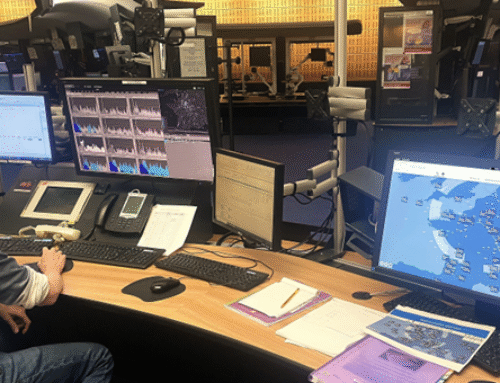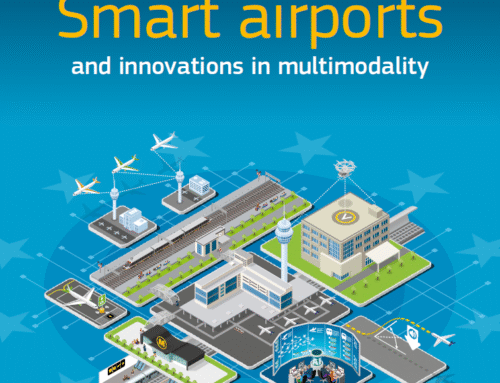Brussels Airport and skeyes, the Belgian air navigation service provider, are conducting flight demonstrations to assess the environmental impact of ‘Increased Second Glide Slope’ (ISGS) solution, consisting of steeper approach trajectories for aircraft landing. By increasing the descent angle, the HERON project, funded by SESAR 3 Joint Undertaking and European Climate, Infrastructure and Environment Executive Agency, seeks to reduce noise pollution for surrounding communities and lower CO2 emissions.
The demonstration flights, which began October 1, 2024, involve specific flight procedures that require aircraft to descend at a steeper angle than usual, reducing noise disturbance during the approach phase. By maintaining a higher altitude for a longer period, aircraft can also fly at lower speeds, further contributing to noise reduction.
The demonstration flights are divided into two phases. The first phase, which will run until December 2024, focuses on a descent angle of 3.2 degrees. The second phase, running from February to April 2025, involves flights with a 3.2-degree descent angle on runway 25R and a 3.5-degree descent angle on runway 25L.
By successfully implementing steeper approach trajectories, the HERON project has the potential to set a new standard for sustainable aviation. The results of the demonstration flights will provide valuable insights into the environmental benefits of this approach and may foster its wider adoption in the aviation industry.
Read the full article published jointly by Brussels Airport and skeyes!




